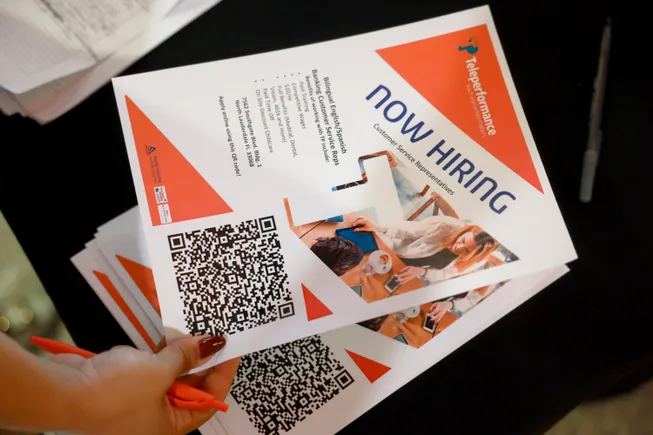Paid time off policies reduce turnover for all workers, regardless of how satisfied workers are with their jobs or whether they have access to flexible schedules, according to a joint Florida Atlantic University and Cleveland State University study published in the International Journal of Manpower last month.
Researchers found that voluntary turnover dropped by 35% among employees who were offered PTO. However, PTO did not affect workers’ job satisfaction — though job satisfaction did independently reduce turnover by about 30% to 40%, the universities said in a press release.
“While workers may feel satisfied with their job, the absence of adequate resources like PTO can still drive them to quit,” said LeaAnne DeRigne, professor at FAU’s Phyllis and Harvey Sandler School of Social Work, in the release. “Even when employees are content in their roles, the lack of sufficient time away from work can lead to burnout, stress or a sense of being undervalued, ultimately prompting them to leave.”
Similarly, access to flexible schedules also reduced voluntary turnover, but did so independently of PTO availability, per the study results. Researchers compared the value of flexible scheduling to that of retirement plans in terms of their role in turnover reduction.
Increasingly in-demand
The study results reflect what may be obvious to HR observers: employees tend to seek positions with PTO availability. Unlimited PTO is increasingly in demand; about 1 in 5 workers surveyed last year by financial services firm Empower said they would turn down jobs that did not come attached with an unlimited PTO benefit, and 26% said they would even take a job that paid less if it came with unlimited PTO.
The study results reflect what may be obvious to HR observers: employees tend to seek positions with PTO availability. Unlimited PTO is increasingly in demand; about 1 in 5 workers surveyed last year by financial services firm Empower said they would turn down jobs that did not come attached with an unlimited PTO benefit, and 26% said they would even take a job that paid less if it came with unlimited PTO.
Several industries boosted PTO in job offers
% of Indeed job posts mentioning paid time off, January 2020 to May 2024
Employers, particularly those in talent-hungry industries, largely have responded to the trend. Data from Indeed showed that mentions of PTO in job postings on the site more than doubled between January 2020 and May 2024, with in-person work jobs being especially likely to offer PTO.
Barriers to PTO use persist
Employers may be worried about the cost of offering PTO, but the cost is relatively low, the universities said in the release. Data from the U.S. Bureau of Labor Statistics showed that, as of 2022, paid leave benefits cost employers an average of $2.94 per hour in September, or about 7.4% of average total compensation costs.
Availability is separate from utilization, however, and past research routinely shows employees may encounter barriers when using their allotted PTO. A 2024 BambooHR report found that approvals had not kept pace with the increase in time-off requests tracked by the company’s leave management platform. Near the end of 2024, an Eagle Hill Consulting-Iposos survey of U.S. employees found nearly half said they expected to have unused vacation days.
HR industry observers have floated a number of strategies that could help encourage employees to use their PTO, including having leaders set an example by taking time off themselves and instituting minimum time off policies that provide workers a baseline expectation for the number of days they should take off per year.





Leave a Reply